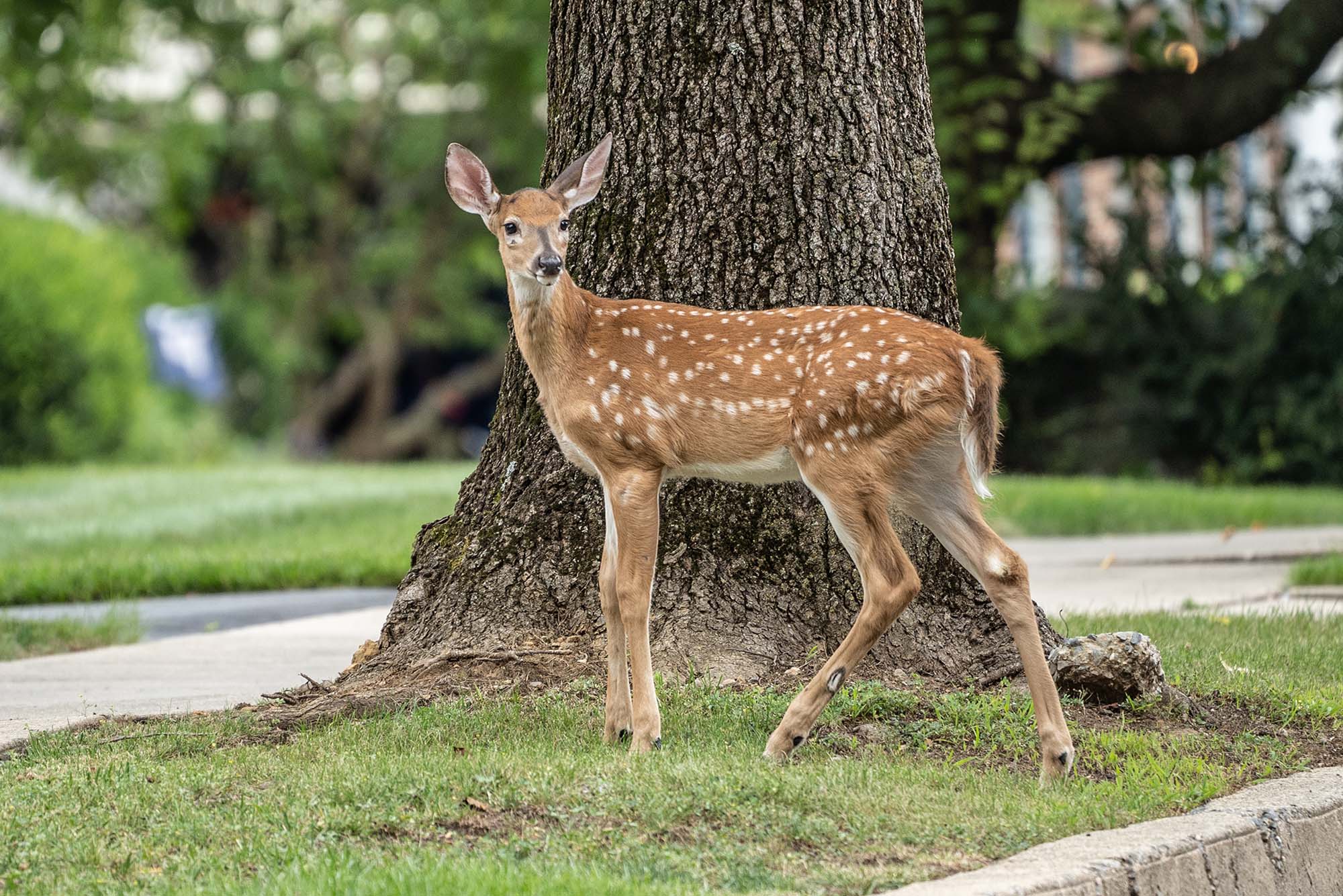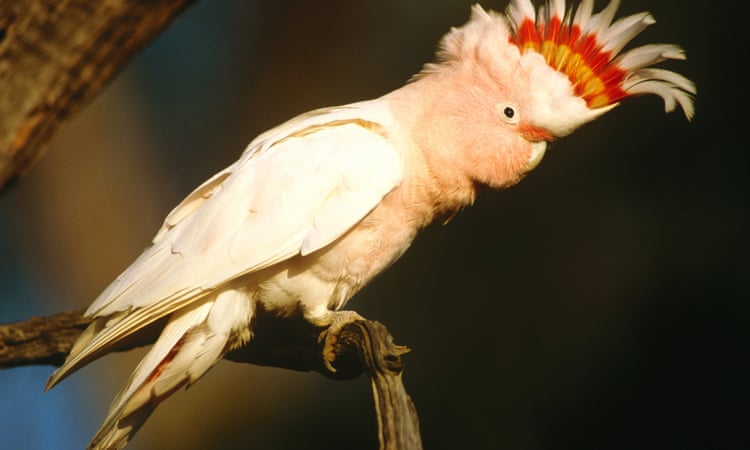Wildlife is fascinating. As soon as you start learning more about it, you become more and more aware of its beauty and diversity. However, writing about it might not be as exciting, especially when it comes to academic assignments. The writing process consists of several stages – collecting relevant data, organizing it, making an outline, editing drafts, proofreading, and referencing all the used sources. No wonder students often struggle to cope with writing a research paper about wildlife.
Many of them turn to services like Customwritings.com to overcome the challenges of crafting an informative research paper. By hiring an experienced writer, you can avoid grammar mistakes, sloppy structure, and unreliable sources of information. If you wish to cope with this assignment without anyone’s assistance, here are some practical tips to do it better and faster.
Pick a specific topic
The world of wildlife is vast, so you’ll need to narrow your focus to a specific animal, group of animals, or ecological issue. Try to find something that interests you most about wildlife. Do you want to explore the hunting behaviors of a specific predator? Or would you rather discuss the conservation efforts of an endangered species?
Do your research
Once you have a topic, start gathering information from credible sources. You can use scientific journals, government websites, reputable wildlife organizations, and books written by wildlife biologists or conservationists. Always double-check the information using several sources.
Develop a thesis statement
It should be clear, concise, and specific. For instance, if your paper is about the impact of climate change on polar bears, your thesis statement could be: “The rising sea ice levels caused by climate change are significantly reducing the hunting grounds of polar bears, leading to population decline and starvation.”
Organize your paper
A typical research paper has several sections: introduction, literature review, methodology (if applicable), results, discussion, and conclusion. Therefore, your action plan consists of the following steps:
- Introduce your topic and thesis statement;
- Discuss what other researchers have found on your topic;
- Explain how you conducted your research (if you did any original research);
- Present your findings;
- Explain what your results mean and how they relate to your thesis statement;
- Finally, summarize your main points.
Backup your ideas
You’ll need to use evidence from your research to support your thesis statement. This evidence can include data, statistics, quotes from experts, and case studies. Avoid making vague statements like: “This species is endangered and is on the edge of extinction.” Always reference the source that proves this fact and provide relevant numerical data if possible.
Cite your sources properly
Plagiarism causes students nightmares. Therefore, when you use information from other sources, you need to cite them properly to avoid it. You might be aware of several formatting styles that are popular among scholars. Find out which one your educational institution uses, or ask your teacher to help you.
Make sure there is a smooth flow
You aim to do everything possible to make it easy for readers to follow your train of thought. Transitions help to connect your ideas and make your paper flow smoothly. You can make a list of the commonly used transition words and phrases and include them now and then in your paper. Also, you can use visuals such as charts, graphs, and images to illustrate your points if relevant. They always make any paper more exciting to read. Just make sure that your visuals are clear and well-labeled.
Proofread carefully
Even though some students ignore this step, ensure you include it in your writing process. Before you submit your paper, proofread it carefully using tools like Grammarly. The more typos and grammar errors there are, the less impressive your paper will be.
Focus on using formal language
Avoid using slang, contractions, or informal language. Remember that you are not telling a story to your friend but sharing your findings with fellow scholars. Use strong verbs to make your writing more engaging. Also, always go for an active voice instead of a passive voice whenever possible. To avoid a monotonous writing style, vary your sentence structure. Mix short and long sentences; simple and complex sentences.
Connect your research to a larger issue
How does your research on a specific wildlife topic relate to broader issues such as conservation, habitat loss, or the impact of people on the environment? For instance, if your research study focuses on the declining population of Monarch butterflies due to habitat loss from the overuse of herbicides, you can go further and write about the ripple effects of this habitat loss on the entire ecosystem.
Think about the future
What are the implications of your research for the future of wildlife? Can you offer any solutions or recommendations? You can also leave hints for other scholars on what to explore on this topic if they wish to continue your research.
Lead Image: The deer population has exploded in Eastern Massachusetts in recent years, with deer becoming a common sight in suburban yards. Photo by arlutz73/iStock.







Leave a Reply